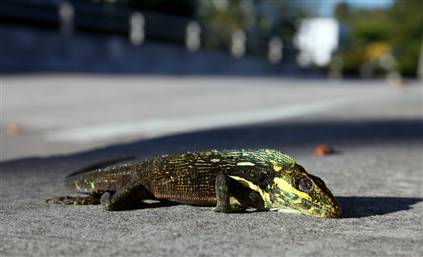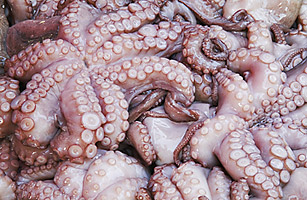
© Paul S Hamilton / RAEISee-through diversity
An expedition to the coastal rainforests of western Ecuador has discovered 30 new species of frog and a slug-sucking snake.
The team of scientists, who work for Reptile and Amphibian Ecology International, also identified four new species of stick insect, three species of lungless salamanders, a tiny, scaly-eyed gecko known as
Lepidoblepharis buschwaldii and a bushmaster - the longest viper in the world.
Most of the new animals were discovered in the forests of Cerro Pata de Pájaro, a mountain overlooking the Pacific Ocean. Its cloud forests are particularly fecund: 14 of the 30 new species of frog discovered were found in a patch of cloud forest just a couple of miles wide, according to the press release.
The newly-discovered frogs are "rain" frogs of the genus
Pristimantis, which lay their eggs in trees. As the eggs hatch, miniature versions of the adult frogs - some the size of a pinhead - fall into the water below.

